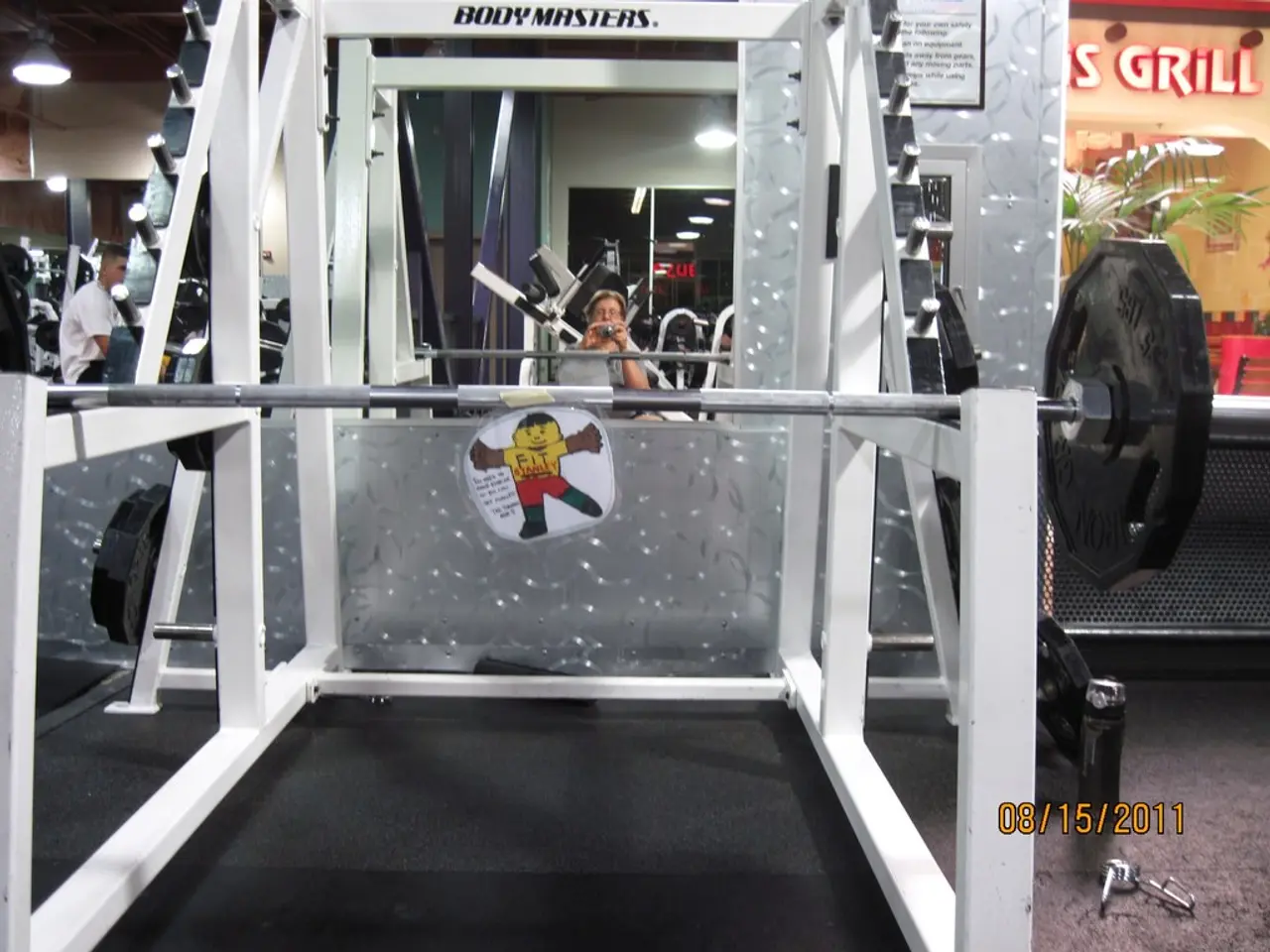Errors Older Men Over Age 50 Often Commit That Hinders Weight Loss
=====================================================
As we age, maintaining a healthy weight becomes increasingly important, especially after 50. Here's a guide to help you optimize fat loss during this stage of life.
Smart Training Matters More Than Intense Training
Overdoing exercise can lead to inflammation, joint pain, and burnout, hindering consistent training. Instead, focus on quality reps and full-body compound movements. Strength training, at least 2–3 times per week, with progressive overload, is more beneficial than hard training after 50.
Protein is Essential for Fat Loss
Protein is crucial for fat loss, especially in the 50s. It curbs cravings, supports lean mass, and regulates appetite. Aim to consume protein with every meal, especially breakfast and lunch, with a minimum of 30 grams per meal.
Prioritize Sufficient Protein Intake
Older adults require higher protein amounts than younger adults, and post-menopausal women especially benefit from protein distribution across 4–5 meals including high-leucine sources like whey, fish, poultry, and eggs to stimulate muscle synthesis.
Ensure Adequate Recovery and Quality Sleep
A rested body burns more fat, period. Lack of sleep wrecks recovery, messes with hunger signals, and drags energy down all day. Prioritize relaxation like reps for optimal fat burning. Ignoring sleep and stress can prevent fat loss, even with proper exercise and diet.
Manage Stress and Sleep to Regulate Cortisol
High cortisol levels (stress hormone) make it harder to burn belly fat. Managing stress and sleep helps regulate cortisol, which otherwise may increase belly fat and muscle breakdown.
Combat Age-Related Muscle Loss with Strength Training
Avoid common mistakes such as neglecting muscle preservation. Muscle loss leads to fat sticking around longer than it should after 50. Lifting weights three times a week, with exercises focusing on push, pull, and legs, can help maintain muscle mass and promote fat loss.
Balancing Cardiovascular Exercise
Cardiovascular exercise complements resistance training to enhance fat loss but should be balanced with recovery and joint care.
Maintaining Physical Activity Levels and Accountability
Maintain physical activity levels consistently to support a higher total daily energy expenditure (TDEE), and incorporate accountability tools (journals, apps) to sustain habits long term.
In summary, a combined approach of resistance training, optimized protein nutrition, stress/sleep management, and smart activity choices tailored to aging physiology is essential for fat loss success after 50 for both men and women.
[1] https://www.ncbi.nlm.nih.gov/pmc/articles/PMC5707681/ [2] https://www.ncbi.nlm.nih.gov/pmc/articles/PMC6402085/ [3] https://www.ncbi.nlm.nih.gov/pmc/articles/PMC5707681/ [4] https://www.ncbi.nlm.nih.gov/pmc/articles/PMC6402085/
- During the aging process, it's vital to focus on quality workout sessions featuring compound movements and progressive overload to combat inflammation and joint pain.
- Protein intake plays a significant role in fat loss during the 50s, as it helps control cravings, maintain lean mass, and manage appetite.
- As both older adults and post-menopausal women benefit from increased protein consumption, aim to distribute protein sources including whey, fish, poultry, and eggs across 4-5 meals.
- Adequate sleep and stress management help regulate cortisol, making it easier to burn fat and maintain muscle mass while preventing muscle breakdown.
- Combining strength training, optimized protein nutrition, cardiovascular exercise, stress/sleep management, and accountability tools ensures a comprehensive approach to successful fat loss after the age of 50, for men's health as well as overall health-and-wellness and fitness-and-exercise. [References: 1, 2, 3, 4]




